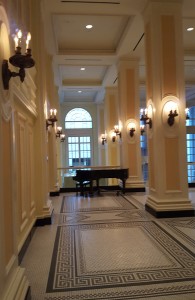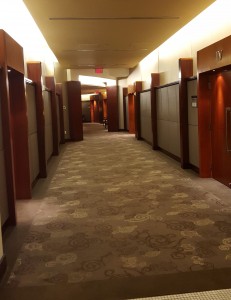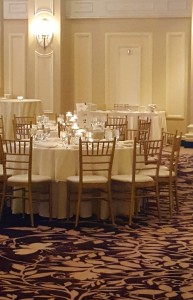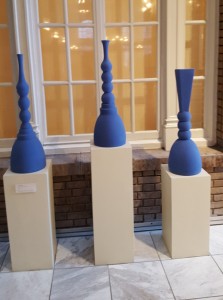“Atlanta-History.” Atlanta-History. Atlanta Broadway, n.d. Web. 25 Mar. 2016. <http://atlanta.broadway.com/history/>.
The article is a history of the Fox Theatre, with a focus on its beauty, with its magnificent and ornate design, and the struggles the theatre has gone through to stay open. The article goes over the problems had with financing the plan for building it, problems which eventually required the help of William Fox, a man who had been building movie palaces across the country. The article continues on to the Fox Theatre’s original bankruptcy after only 125 weeks of service. The Fox managed to bounce back from this early setback and prospered for decades as “one of Atlanta’s finest movie houses”. This would not last however as a changes in movie industry would slowly put the Fox Theatre out of business. The theatre managed to be reborn under the ownership of Atlanta Landmarks, an organization that spent years fundraising enough to save the building and eventually put it back on the path to being a profitable business, going as far as submitting the documents necessary to have it named an historic landmark.




